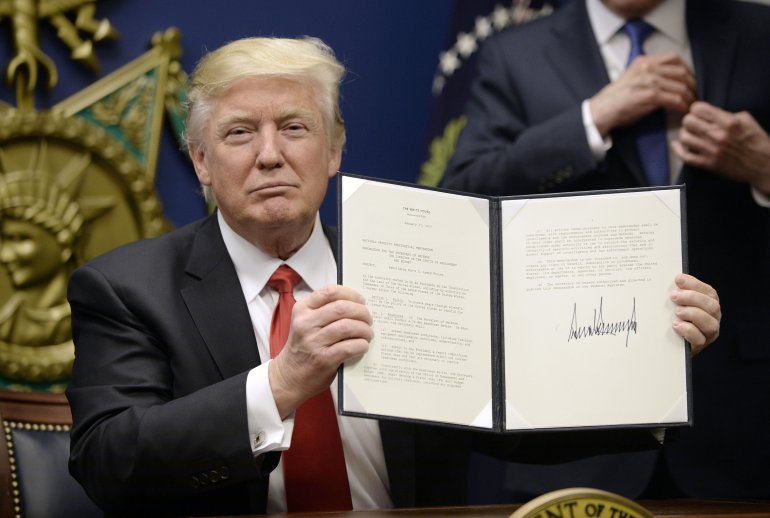
North Miami Beach
Florida 33160
USA
Phone: 305-405-4545
Fax: 888-522-8201
Email: info@katsmanlaw.net

A lot of people hoping to qualify for the U.S. Visa are worried right now. The tone from Washington and especially the U.S. President Trump has been anything but pleasant.
In October 2017, the Trump administration sent a 70-point immigration enforcement plan to the congress for approval. According to reports, the plan intends to toughen up the criteria surrounding immigration to the U.S.
Young hopefuls who were planning to enroll at an American University are now worried that they may be disqualified from getting into the country with a U.S. study visa. This could dash their hopes of acquiring a prestigious U.S. degree.
Similarly, partners of U.S. nationals that were hoping to migrate to the country with a U.S. spouse visa are left wondering how difficult it might be join their spouse in 2018.
Perhaps the people who are most worried are the applicants to the H1B1 Visa.
H1B1 is an employment based non-immigrant visa for temporary workers. In order to qualify for an H1B1, an applicant must have been offered a job by a U.S. based employer.
There are different eligibility criteria for getting H1B1 Visa. It is issued for a limited number of specialty occupations that the U.S. has a shortage of. The list of shortage industries is identified by the U.S. department of labor in consultation with a number of other agencies.
The applicant must at least have a certain level of education, usually a Bachelor’s degree.
The country already has some of the strictest immigration laws in place. The U.S. border agency does extreme vetting for anyone looking to come into the country.
Despite all the rhetoric from the Trump administration, some experts still believe that the U.S. immigration policy might actually become more relaxed in the coming years.
A memorandum was issued by the White House last month which stressed the need to improve the STEM (Science, Technology, Engineering and Maths) programs across the country. According to the department of labor statistics U.S. lags far behind other developed and industrialized nations in STEM fields.
American students and young adults show a lack of interest in opting for STEM institutes across the country. A majority of the students in STEM fields are foreign students. The U.S. government hopes to retain a number of these foreign students from going back to their countries after finishing their degrees by offering them good U.S. jobs and citizenship opportunities.
So, it seems that while the government might be looking to apply stricter measures on immigration of low skill workers into the country, they are ramping up their efforts to recruiting and letting in students in the STEM fields.